Key Takeaways
- Khapli wheat thrives in loamy soils with cool climates.
- Growth takes 4–5 months before harvest and milling.
- Stone-milling preserves nutrients, flavour and rustic character.
Khapli Atta is made from Emmer wheat, an ancient grain that has stood the test of time. But have you ever wondered how Khapli is actually grown? It’s not your average wheat variety. Growing it takes a little more patience and care, but the reward is absolutely worth it. Let’s break it down and see how you can grow your very own Khapli and maybe make a fresh batch of homemade rotis too!

Step 1: Choose the Right Seeds
The first thing you’ll need is Emmer wheat seeds. These are the seeds that will turn into the Khapli Atta you know and love. You can usually find them at specialty organic seed stores or from farmers who focus on heritage crops. Khapli Atta is an ancient grain, not a hybrid and has been cultivated for over 10,000 years, long before hybrid varieties were introduced.

Step 2: Prepare the Soil
Khapli wheat loves well-drained, fertile soil. It does best in slightly sandy or loamy soils, with a pH range between 6.0 and 7.5. If you’re planting in your garden, make sure to prepare the soil by loosening it and adding compost or organic matter to make it richer. Khapli isn’t super picky, but it definitely appreciates nutrient-dense soil for healthy growth.

Step 3: Planting Time
The best time to plant Khapli wheat is during the cooler months, ideally in early autumn. Emmer wheat needs a cold period to grow properly, so planting it in early fall gives it the perfect chance to establish itself before the warmer months come around.
You can plant the seeds directly in rows, spaced about 3-4 inches apart. Make sure the seeds are about 1–2 inches deep in the soil. Once planted, give them light water but don’t flood the soil as they just need moisture to germinate, not to be soggy.

Step 4: Care and Growth
Emmer wheat, including Khapli, is a relatively low-maintenance plant once it’s established. Water it regularly but avoid over-watering. It needs about 1 inch of water per week. Keep an eye out for weeds and remove them, as they can compete with the young wheat. You can use organic mulches to help with weed control and keep the moisture in the soil.

Step 5: Harvesting Your Khapli
Khapli wheat takes about 4-5 months to mature, so by the time spring or early summer rolls around, you’ll be ready to harvest✨.The grain is ready when the stalks turn golden-brown and the wheat heads feel firm to the touch. To harvest, simply cut the wheat stalks with a sickle or a sharp knife, leaving a small portion of the stalks in the soil.
After cutting, bundle the stalks together and allow them to dry for about 1-2 weeks in a dry, shaded area.

Step 6: Milling and Storing
Once your wheat has dried, it’s time for threshing, which is just the process of separating the grain from the stalks. You can do this by gently beating the stalks or using a small threshing tool. After threshing, you’ll have the raw wheat grains, which can then be milled into flour.
The milling process for Khapli Atta is slightly different from regular flour. Unlike modern wheat, Khapli is often stone-ground. Stone milling helps preserve more of the grain’s natural nutrients, including fibre, protein and essential oils, giving it that rich, rustic flavour. Once milled, store your Khapli Atta in an airtight container in a cool, dry place to maintain its freshness.

Where Is Khapli Grown?
Khapli Atta, or Emmer wheat, is traditionally grown in the Indian subcontinent, particularly in areas like Maharashtra, Karnataka and parts of Rajasthan. It thrives in organic, sustainable farming environments, which is why it’s often found in more traditional or small-scale agricultural settings. Its ability to grow in less fertile soil and in drought-prone areas makes it ideal for many regions in India.

How to Store Khapli Atta?
Once you’ve milled your Khapli Atta, storing it properly is essential to keep it fresh and nutrient-dense. Store the flour in airtight containers away from moisture, heat and sunlight to preserve its shelf life. It’s best kept in a cool, dry place, like a pantry, but if you want it to last even longer, you can store it in the fridge or freezer.
Final Thoughts
Growing your own Khapli Atta isn’t a quick process, but it’s incredibly rewarding. From planting those little Emmer wheat seeds to grinding the freshly milled flour into soft rotis, it’s a journey that connects you to an ancient traditionand the result is always worth the effort.
Whether you're harvesting your own grain or buying it, Khapli Atta is a grain that’s as rich in history as it is in nutrition.


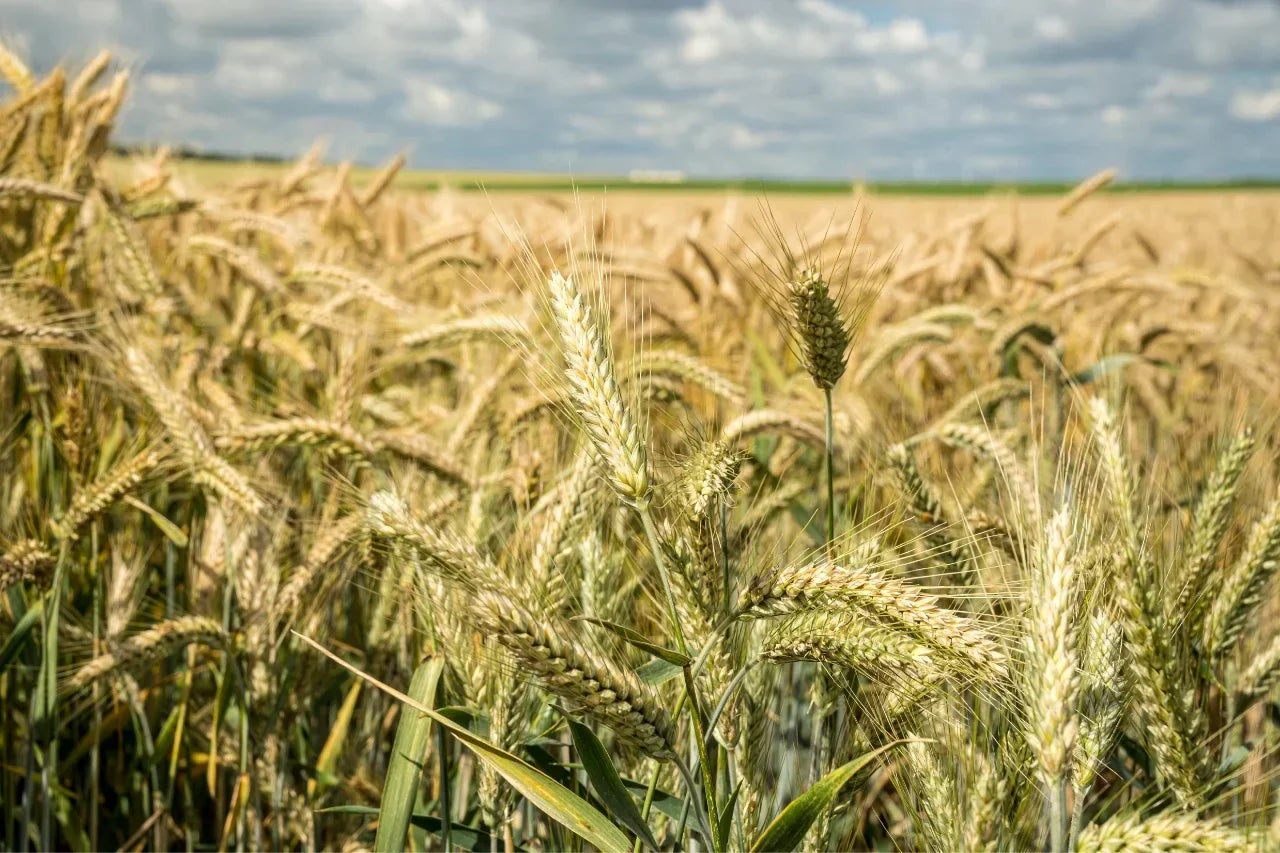

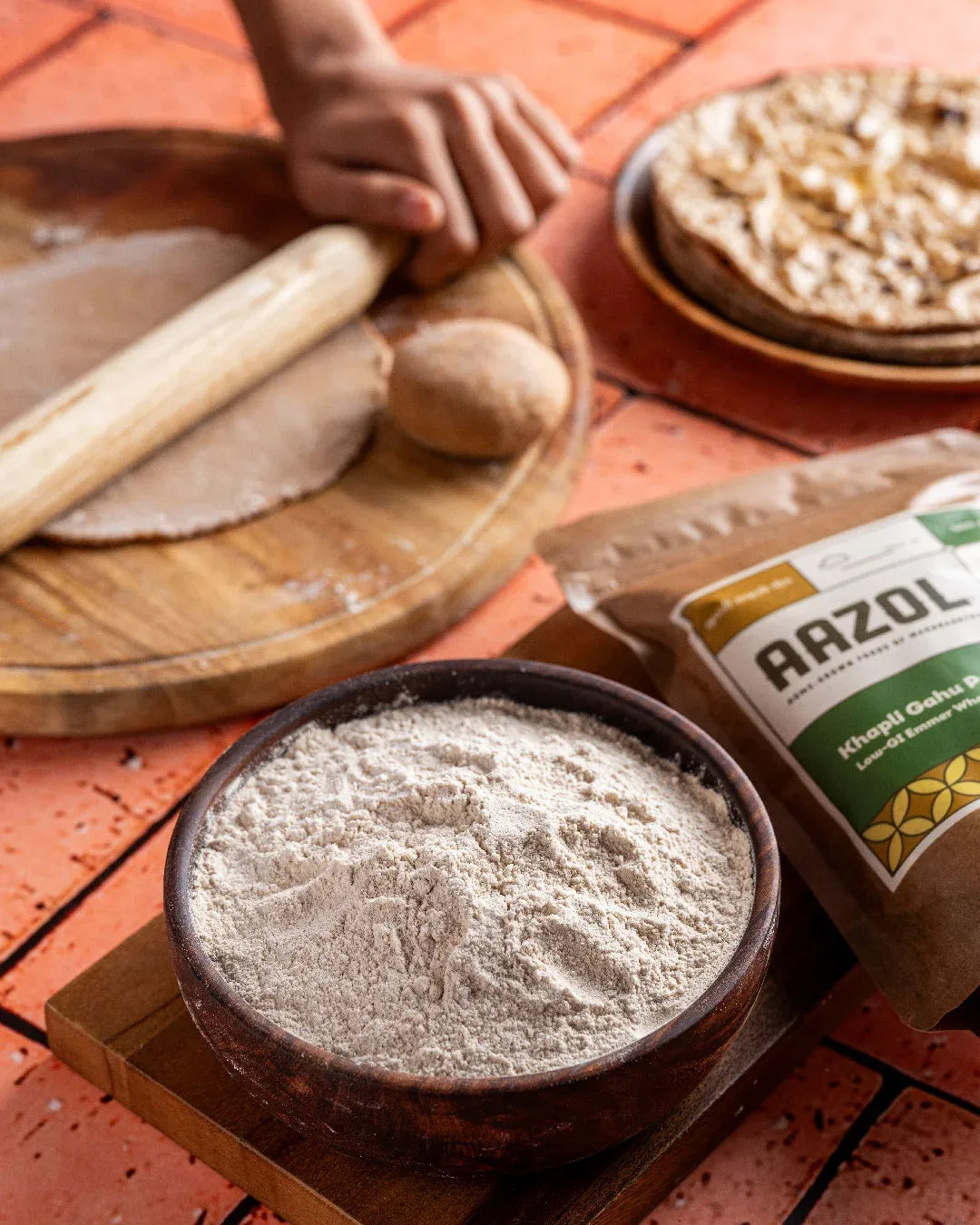
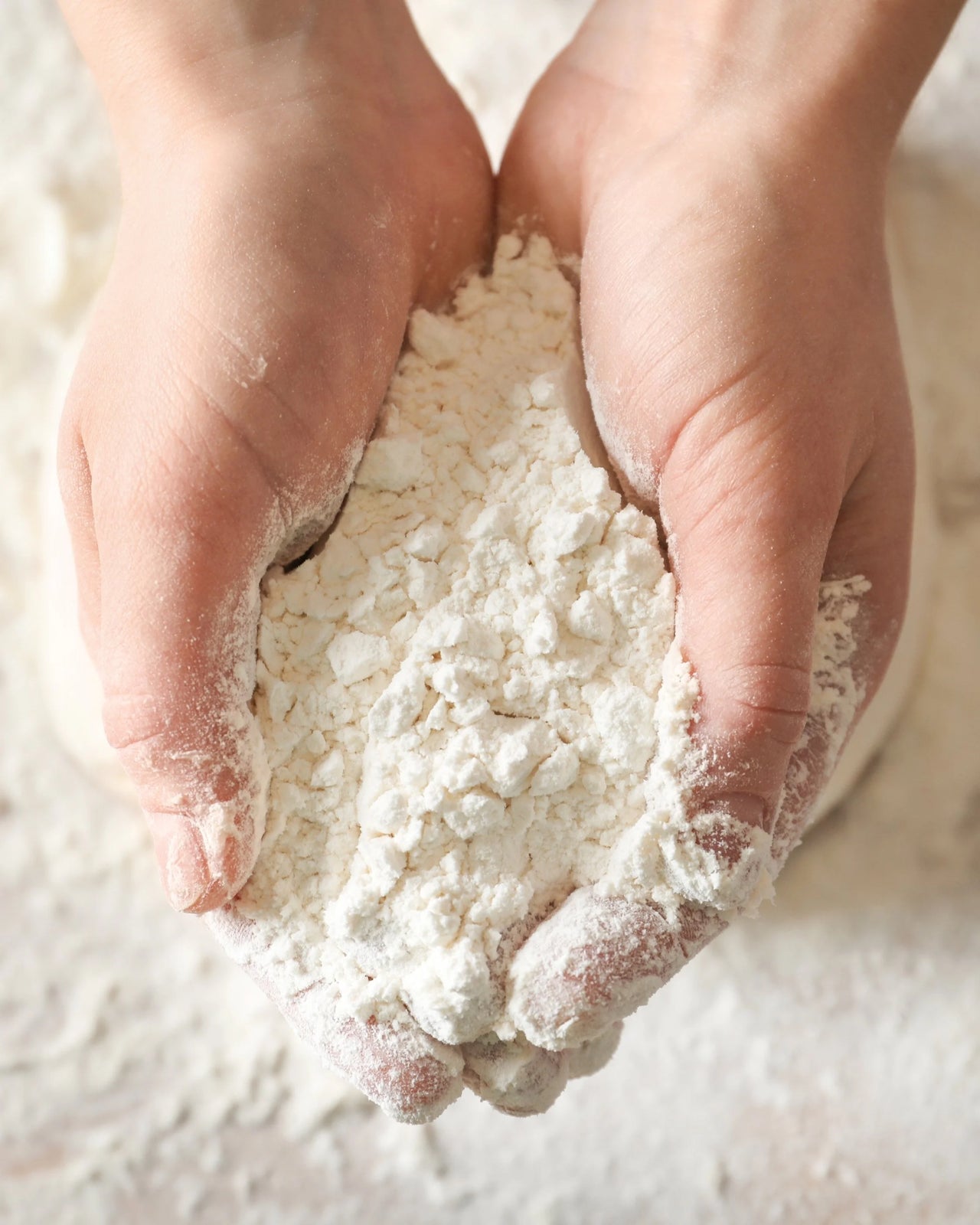

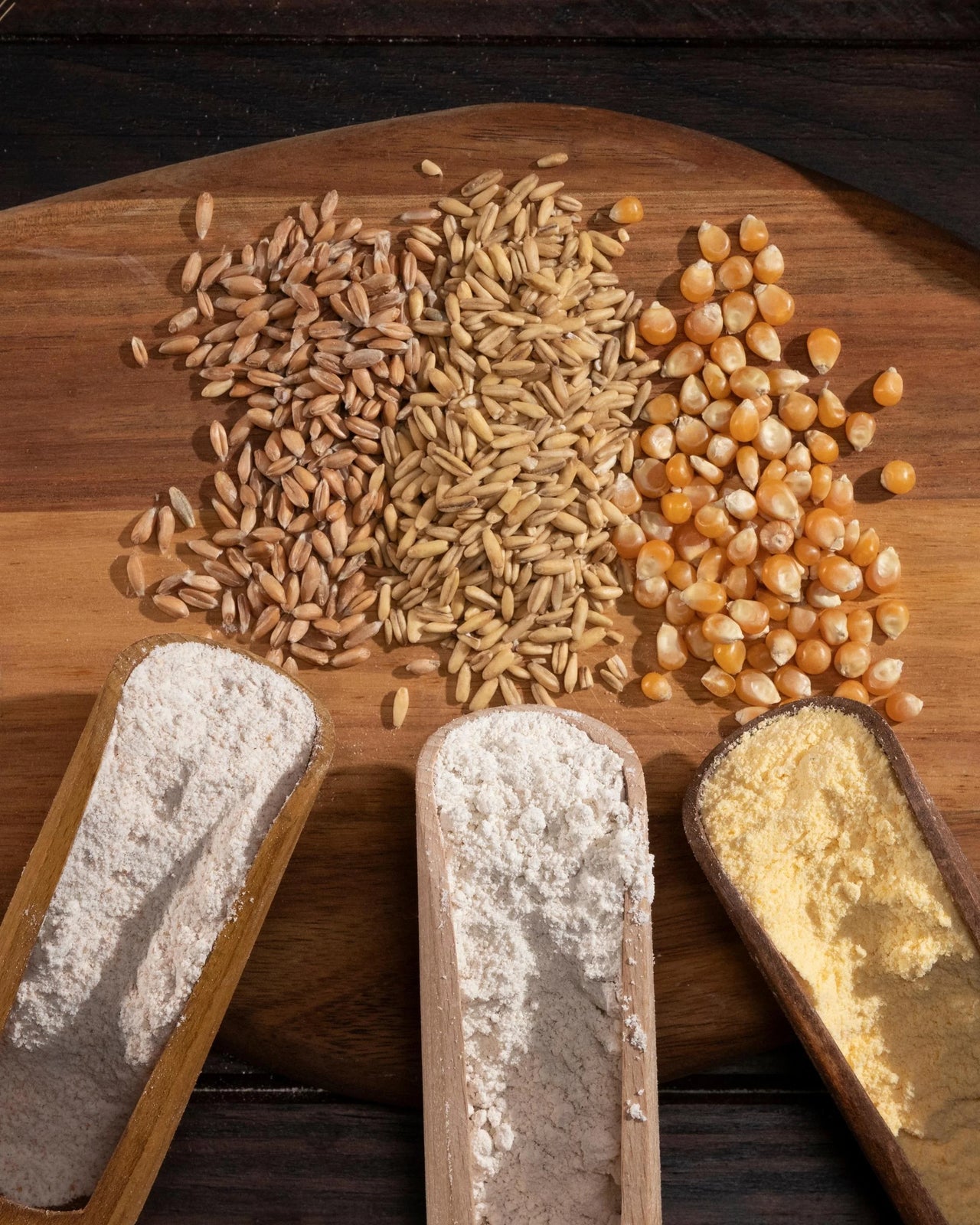


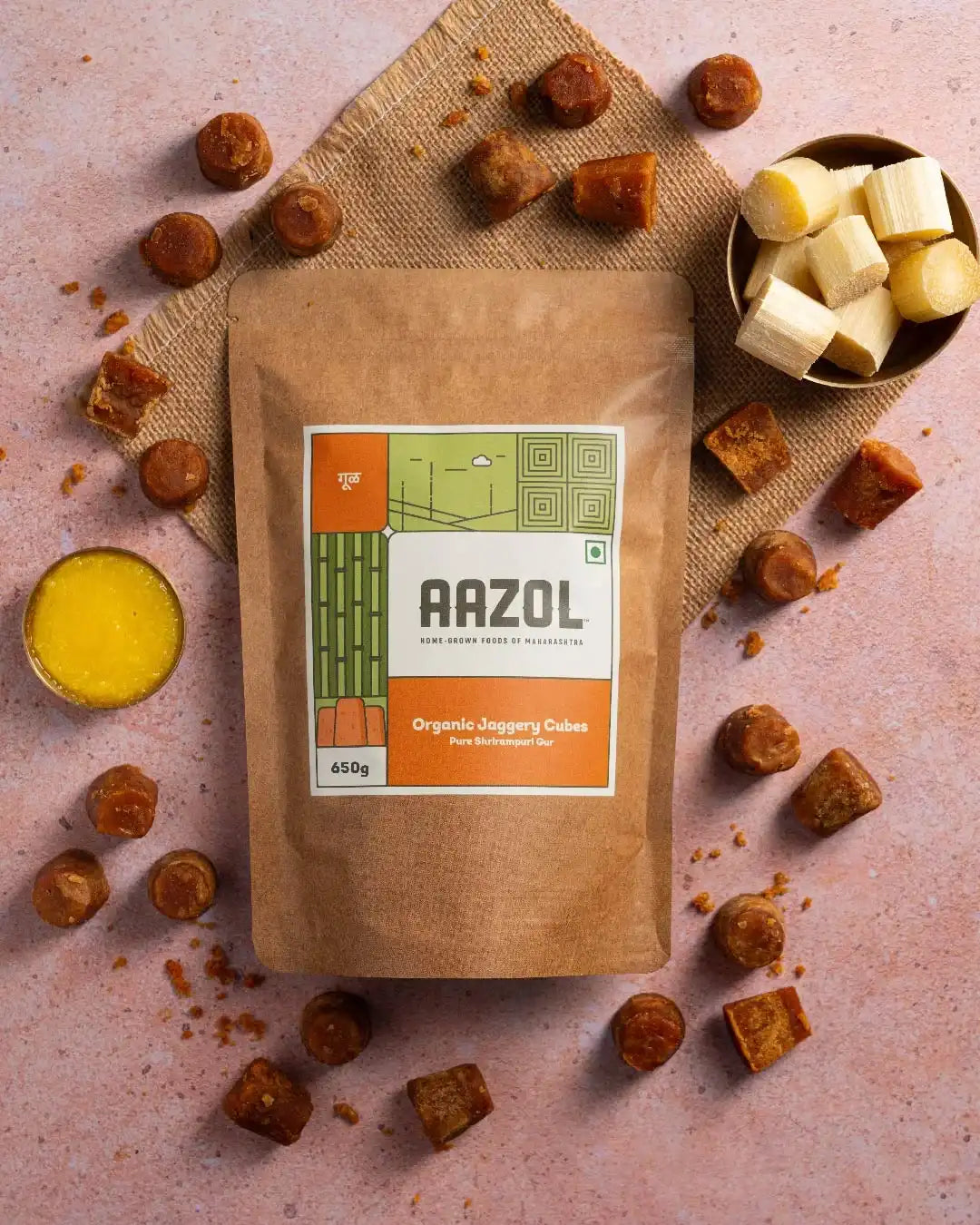
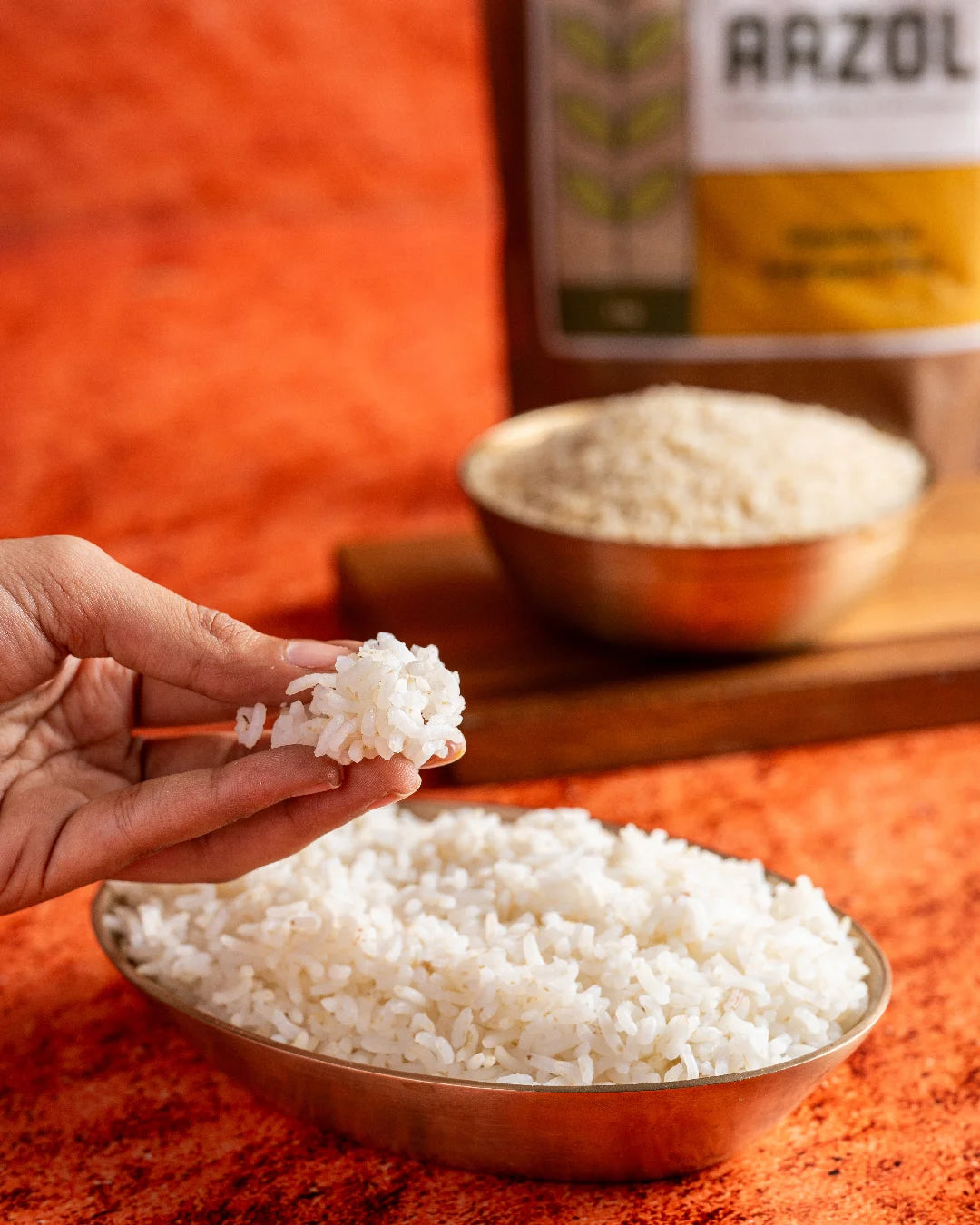
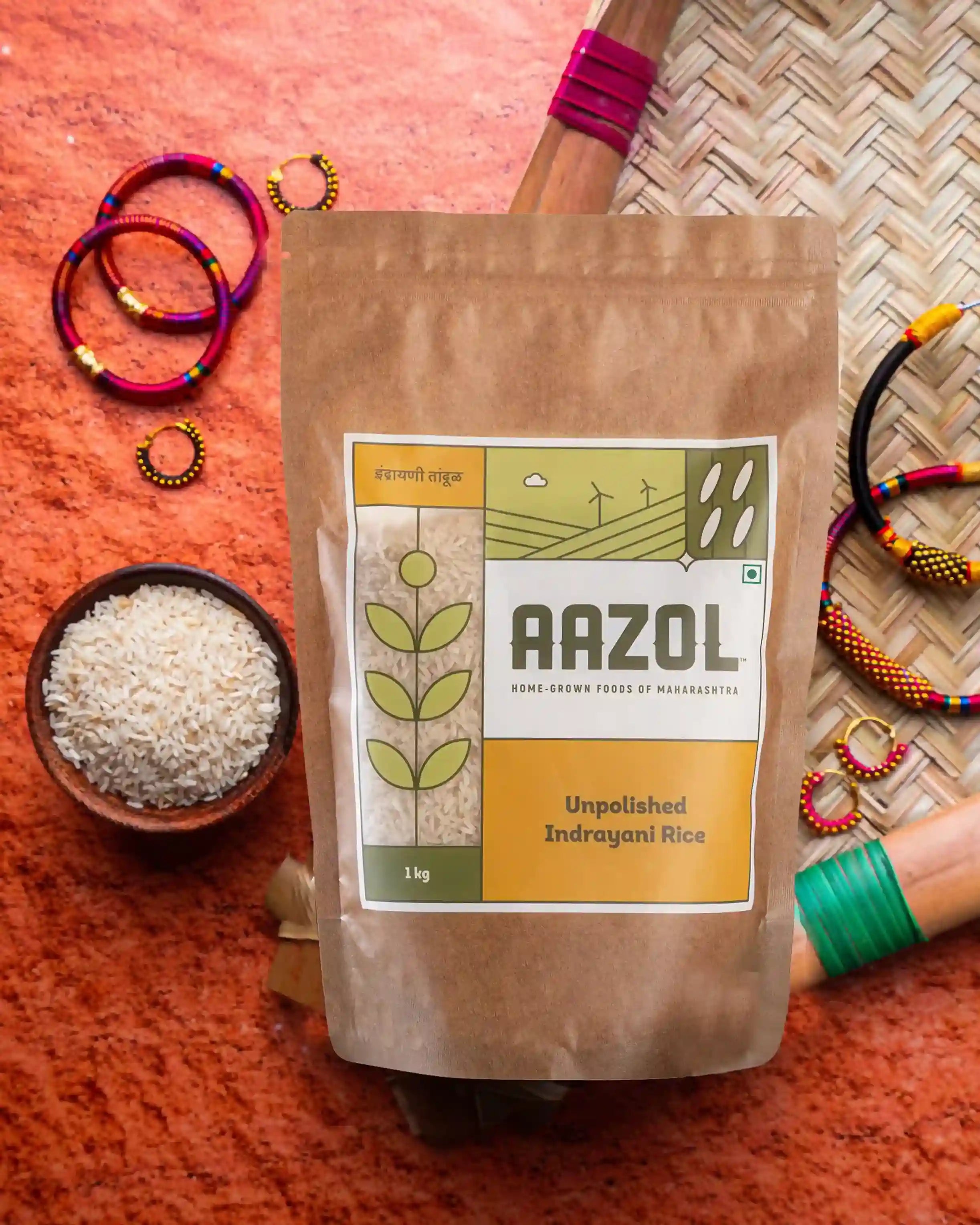
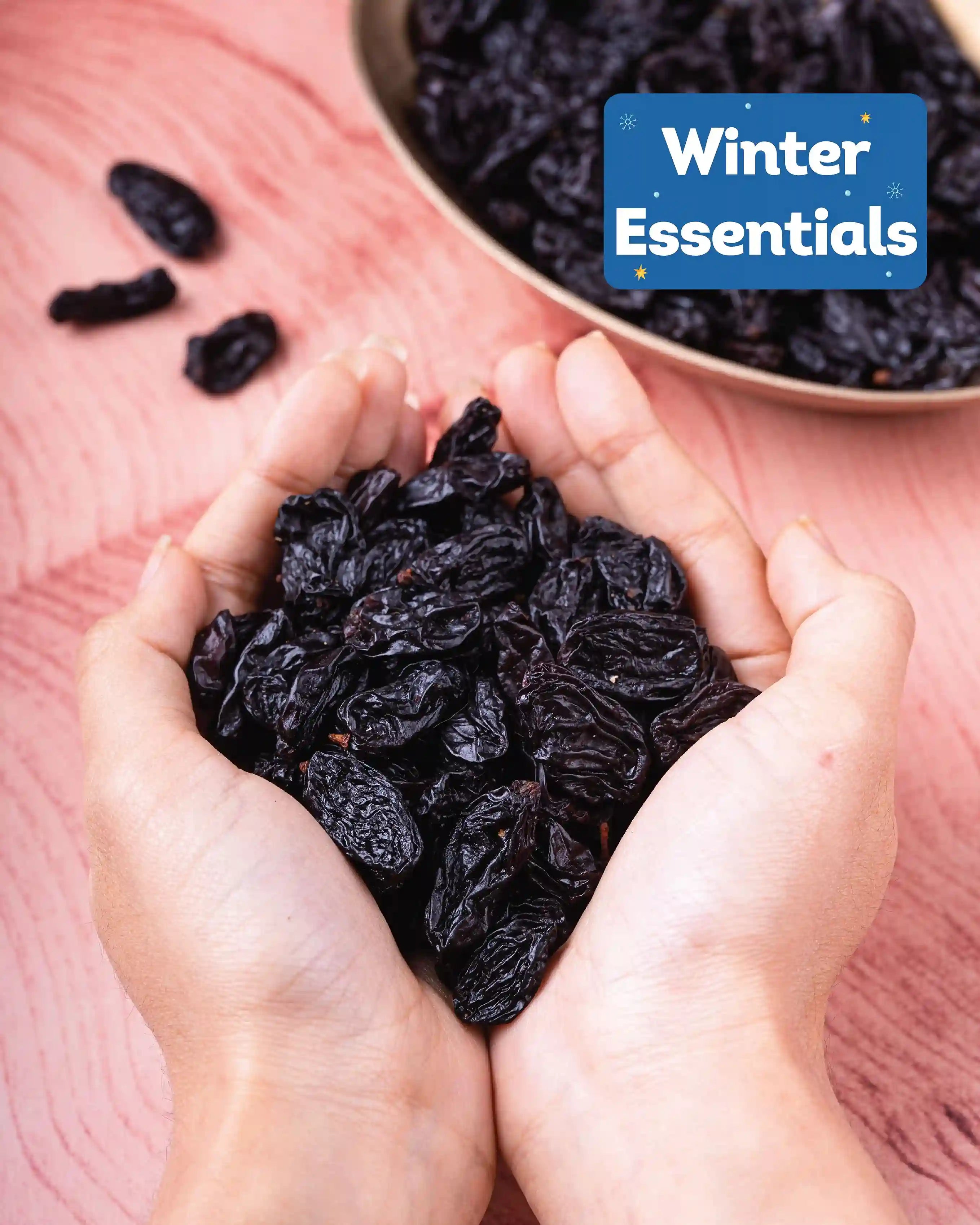
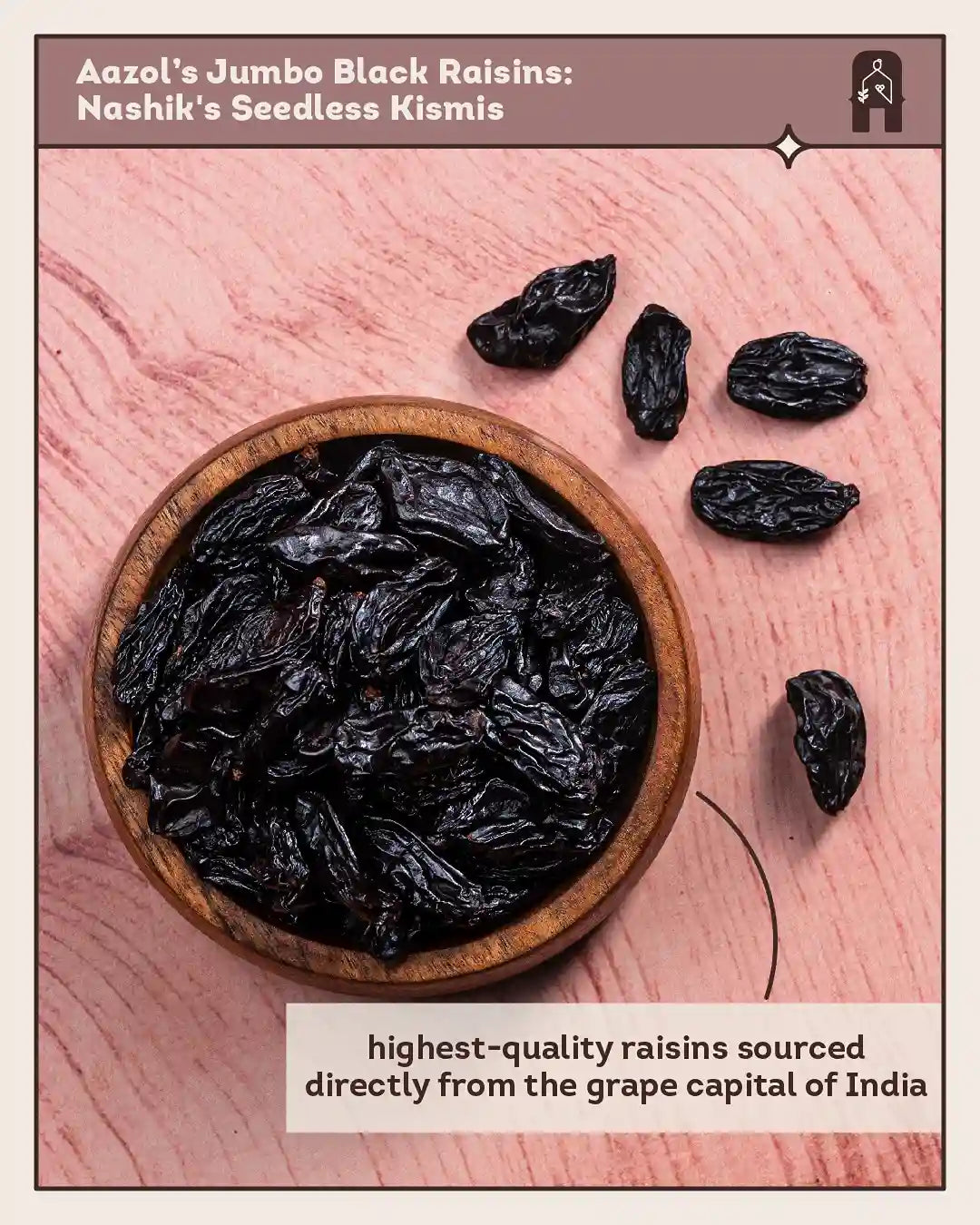
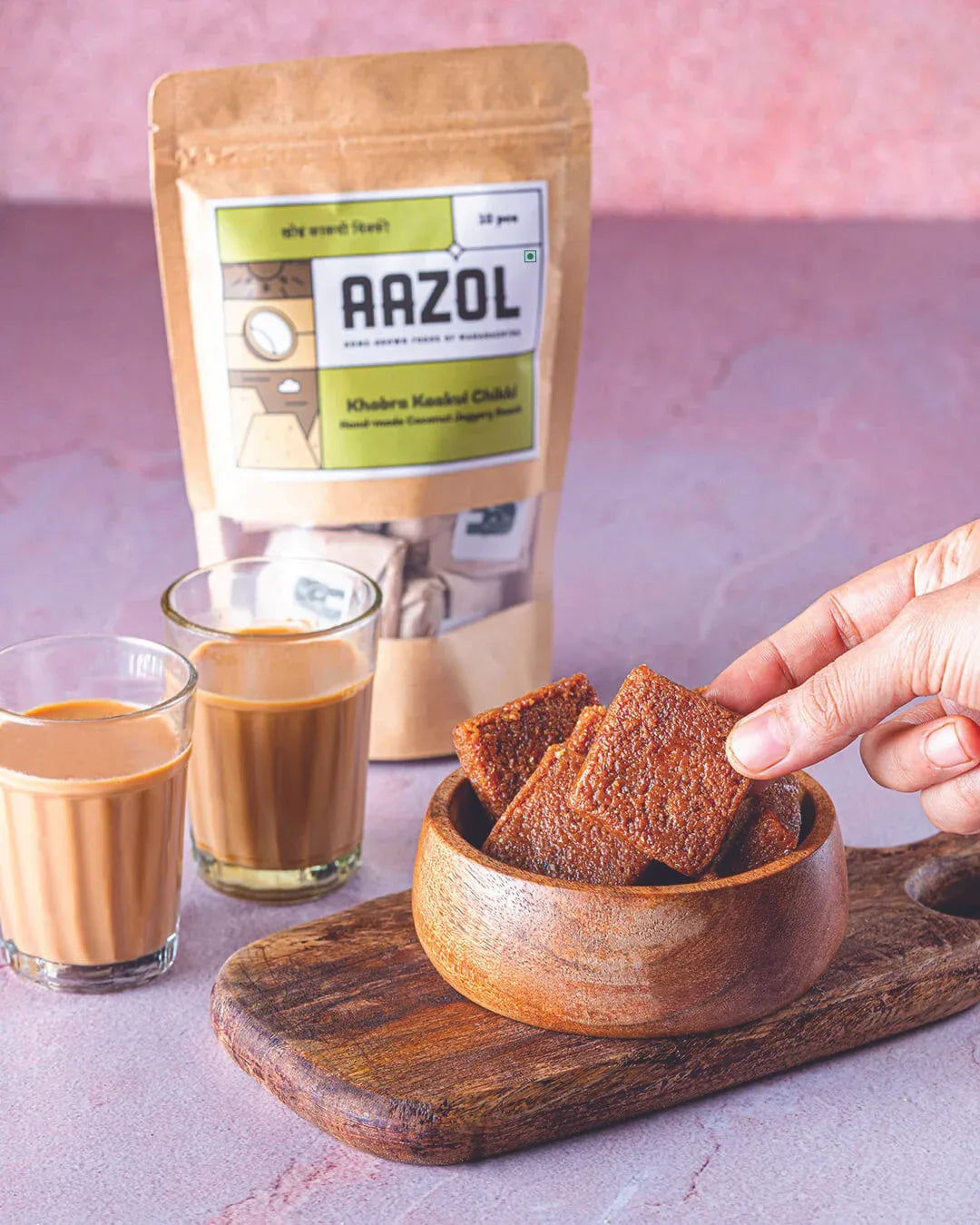
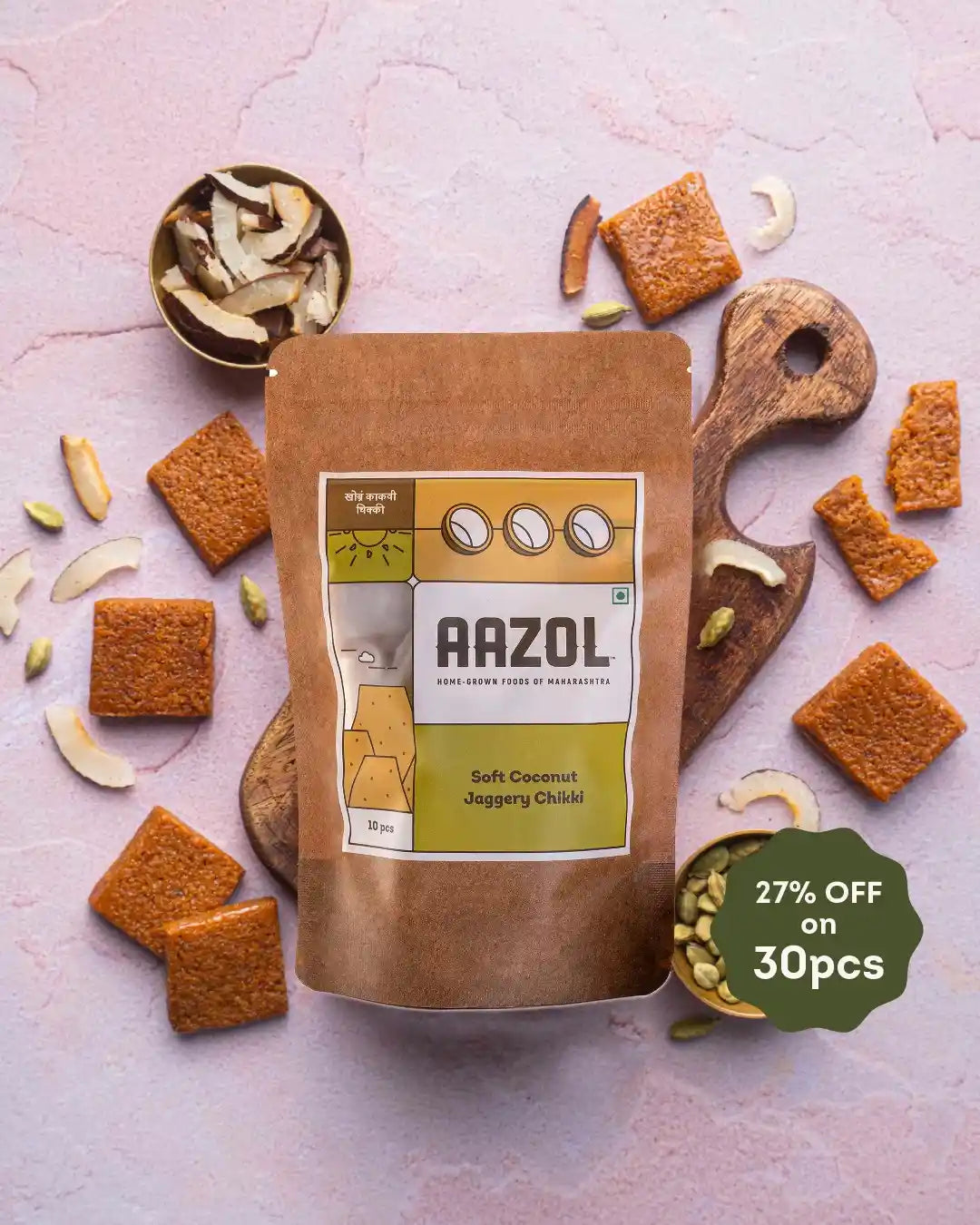
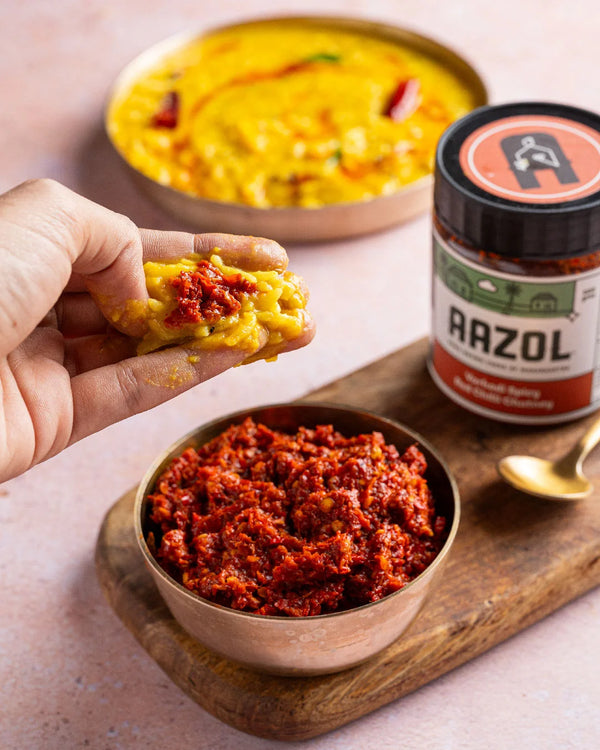
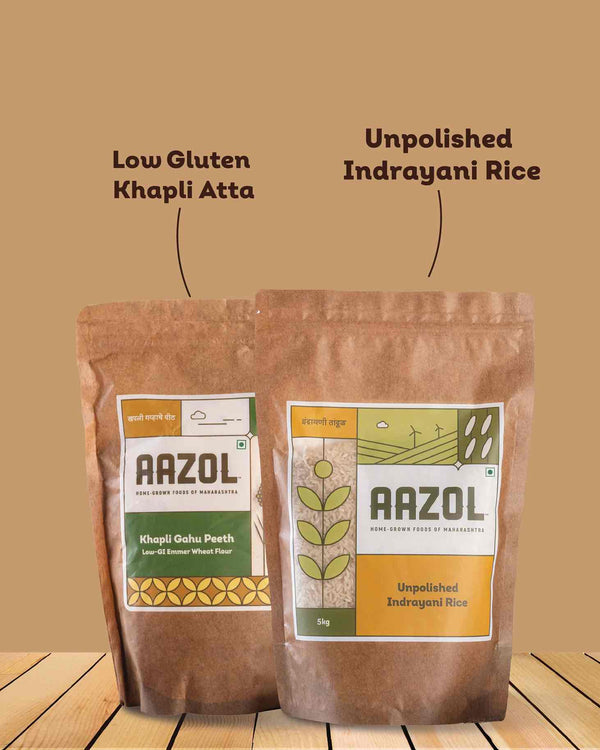
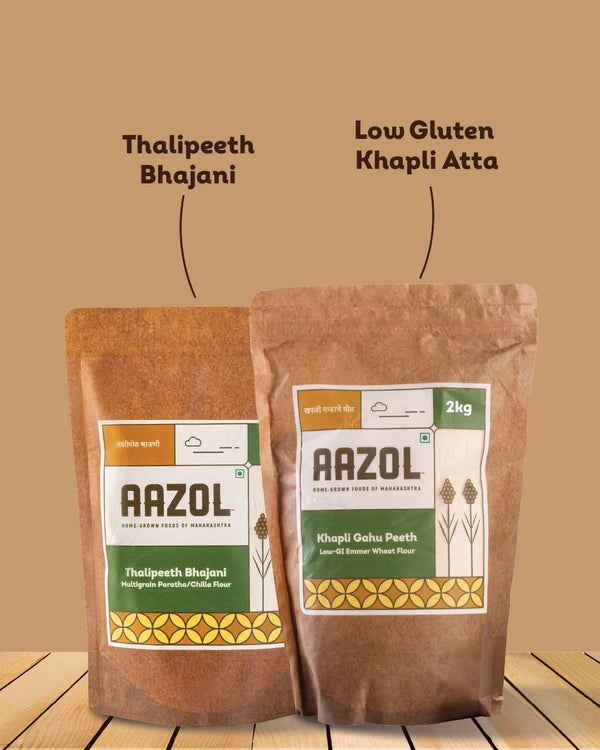

Comments (0)
Your comment may be featured to help others on a similar journey